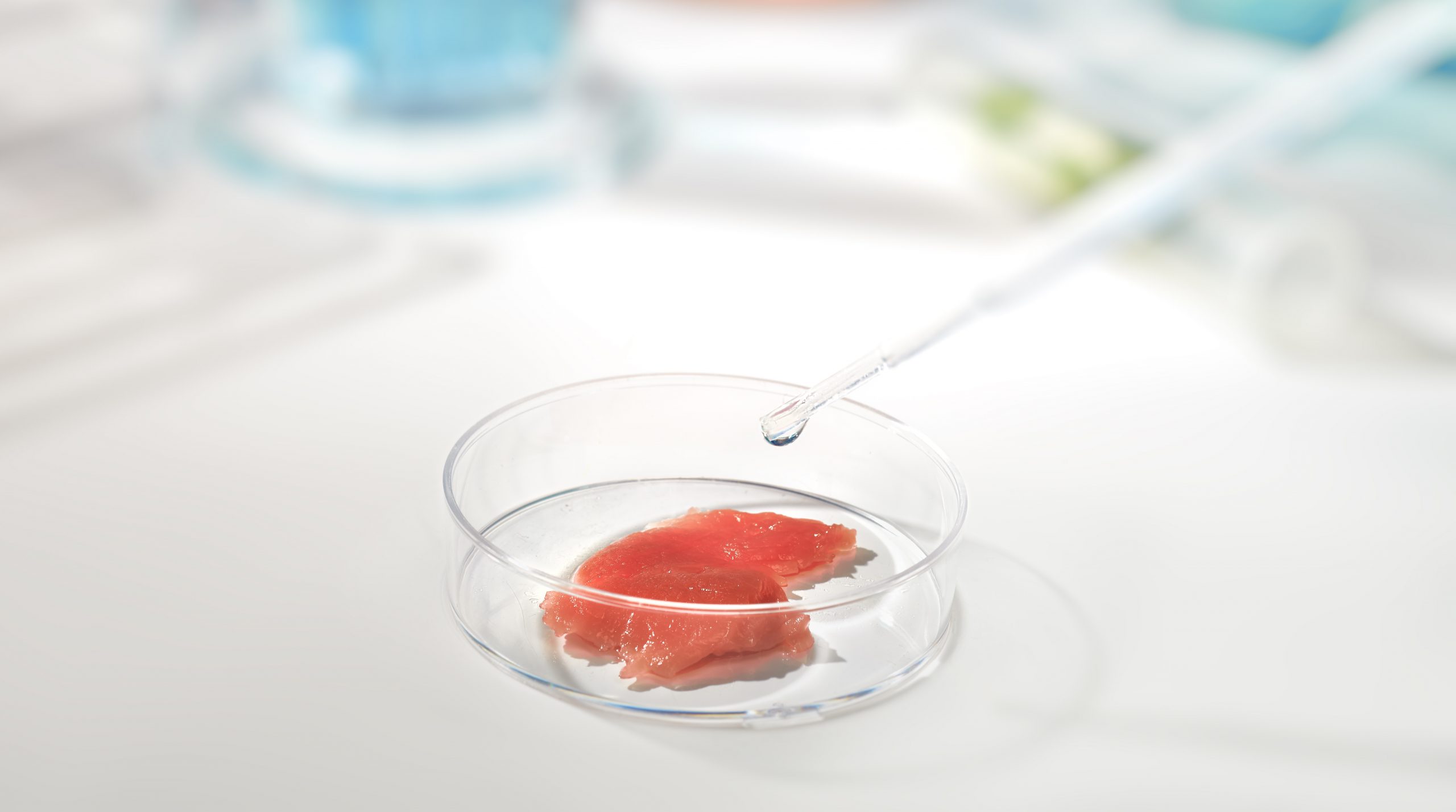
Vom heimischen Schrebergarten zum europäischen Forschungsinnovationsfeld
Im acib-Interview gibt Marko Mihovilovic, Dekan an der Fakultät für Technische Chemie an der Technischen Universität Wien, Einblick in die Zukunft der Life Sciences Fortbildungen und zeichnet den Weg nach, wie aus einer Idee mithilfe tragfähiger Synergien zwischen Forschung und
